Can Cactus Grow In Shade?
You might think every cactus needs blazing desert sun, but that’s not always true. Some species grow well in partial shade and even prefer it. Certain cacti, like the Christmas cactus and orchid cactus, can thrive in low-light spaces as long as they still get a few hours of bright, filtered light each day.
If your home or garden doesn’t get full sun, you can still enjoy these unique plants. The key is understanding which types tolerate shade and how to adjust their care. With the right balance of light, water, and soil, shaded cacti can stay healthy and bloom beautifully.
Key Takeaways
- Some cactus species can live and bloom in partial shade.
- Proper light, watering, and soil conditions help shaded cacti thrive.
- Choosing shade-tolerant varieties ensures healthy growth indoors or outdoors.
Can Cactus Grow in the Shade?
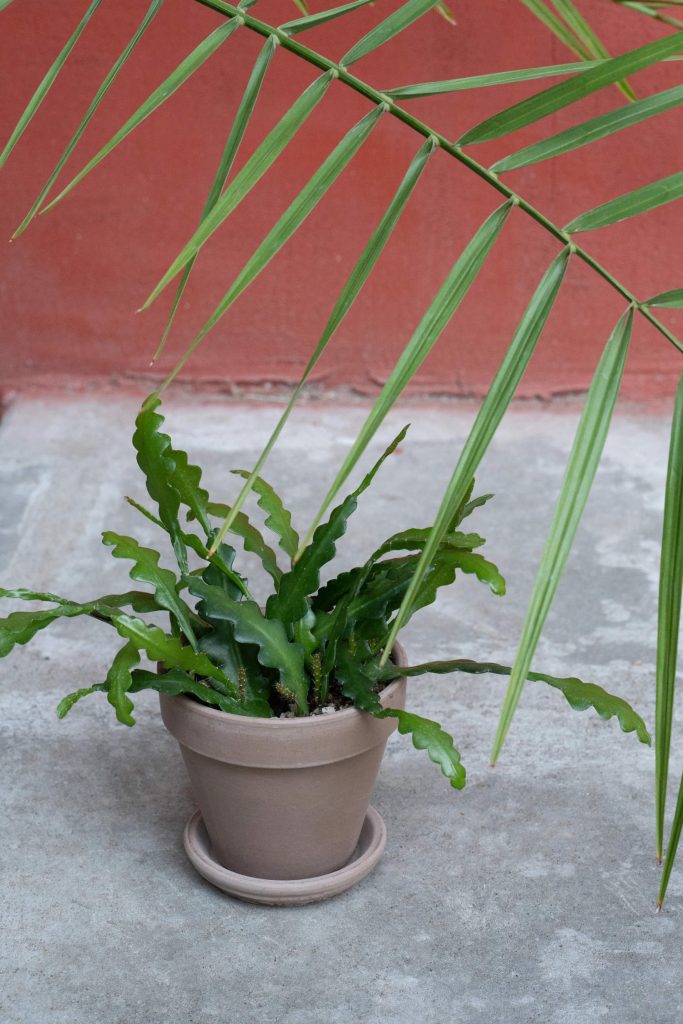
Some cacti can adapt to shaded areas, while others need bright sunlight to stay healthy. The ability to grow in shade depends on the species, light intensity, and how well you adjust watering and soil conditions.
Cactus Adaptations to Low Light
Certain cacti have evolved features that help them survive with limited sunlight. These include flattened stems that capture more light and chlorophyll-rich tissues that improve photosynthesis in dim conditions.
Shade-tolerant species, such as Rhipsalis and Epiphyllum, often grow naturally under tree canopies in tropical forests. They use indirect light and higher humidity to thrive, unlike desert cacti that rely on strong sun.
You can also help indoor cacti adapt by placing them near bright windows or using grow lights for a few hours daily. This keeps their growth balanced and prevents weak stems.
Differences Between Sun-Loving and Shade-Tolerant Cacti


Sun-loving cacti, like Saguaro or Golden Barrel, grow best in full sun and dry air. They have thick, waxy skin and small spines that protect them from intense heat.
Shade-tolerant cacti, such as Christmas Cactus and Rhipsalis (often called Mistletoe Cactus), prefer filtered light and higher moisture. These plants often have softer stems and thinner skin, which help them absorb and store water in humid conditions.
| Type | Light Preference | Example Species | Environment |
|---|---|---|---|
| Sun-Loving | Full sunlight | Echinocactus grusonii | Desert |
| Shade-Tolerant | Partial to full shade | Rhipsalis baccifera | Forest canopy |
Knowing which type you have helps you choose the right location and care routine.
Signs of Insufficient Light in Cacti
When a cactus lacks light, it shows clear signs. The most common is etiolation, where stems stretch and become pale or thin as the plant reaches for light.
You may also notice slow growth, soft or drooping stems, and fewer flowers. The color can fade from deep green to yellowish or gray.
If you see these symptoms, move the cactus to a brighter spot or use an artificial light source. Adjust slowly to avoid sunburn, especially for shade-tolerant varieties. Regular observation helps you maintain healthy growth and shape.
Best Shade-Tolerant Cactus Species
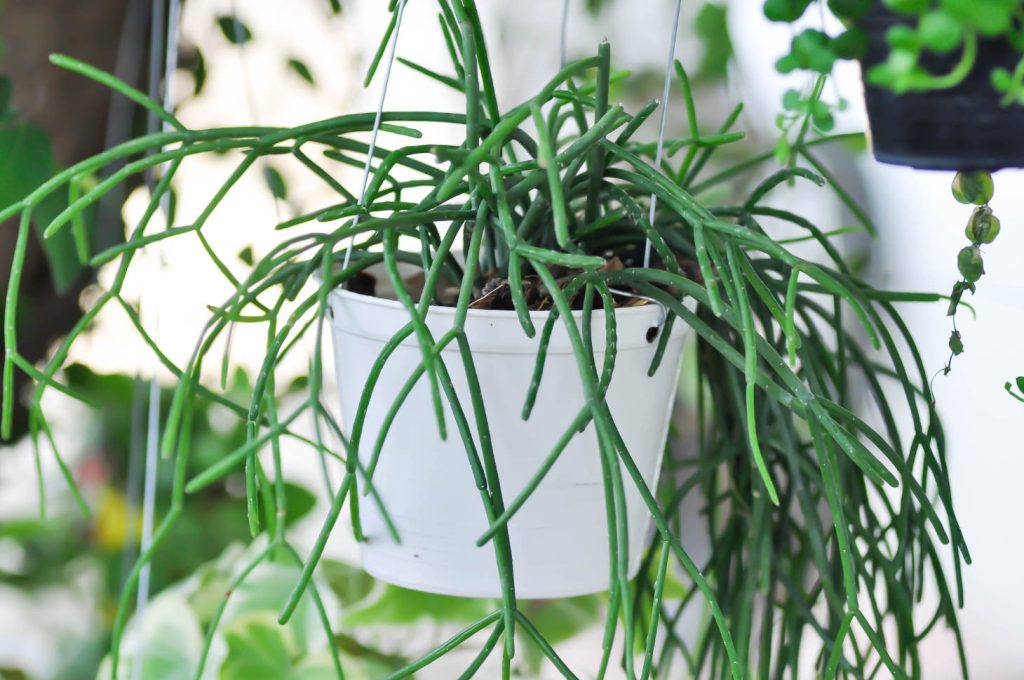
Some cacti grow well in low or filtered light, especially those from tropical forests or shaded habitats. These species adapt to indirect sunlight and higher humidity, making them suitable for indoor spaces or shaded gardens.
Tropical and Epiphytic Cacti Varieties

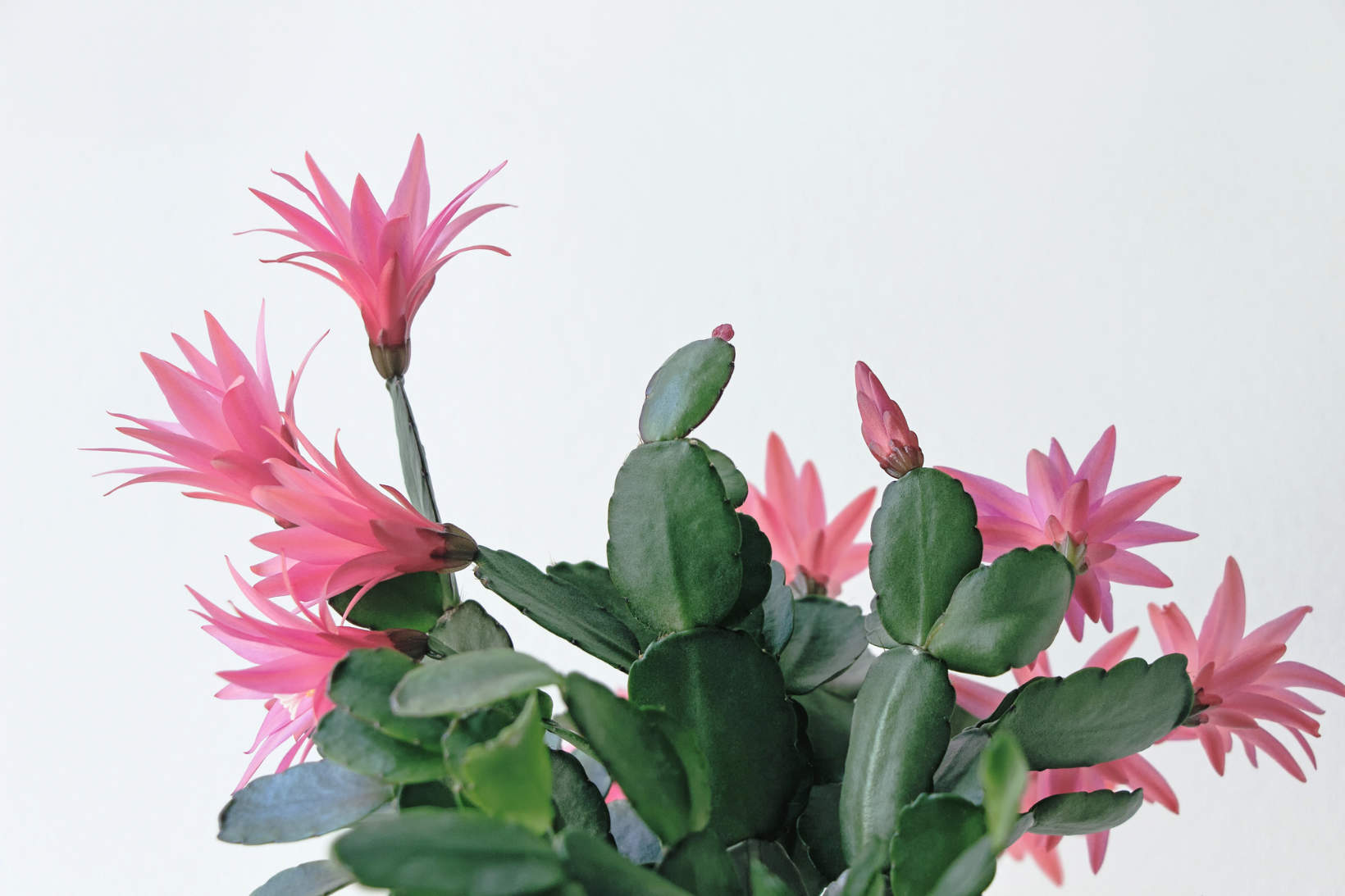
Tropical and epiphytic cacti grow naturally under tree canopies, where light is soft and filtered. You can recognize them by their flattened or segmented stems that absorb moisture from the air.
Common examples include:
- Christmas cactus (Schlumbergera spp.)
- Easter cactus (Hatiora gaertneri)
- Mistletoe cactus (Rhipsalis spp.)
These cacti prefer moist but well-draining soil and 60-80% humidity. They thrive in bright, indirect light but can tolerate partial shade. Their flowers often appear in pink, red, or white tones, with some species blooming in winter and others in spring.
If you grow them indoors, place them near east- or north-facing windows. Avoid harsh sunlight, which can scorch their stems. Regular watering and moderate humidity help them maintain healthy growth.
Popular Indoor Cacti for Low Light
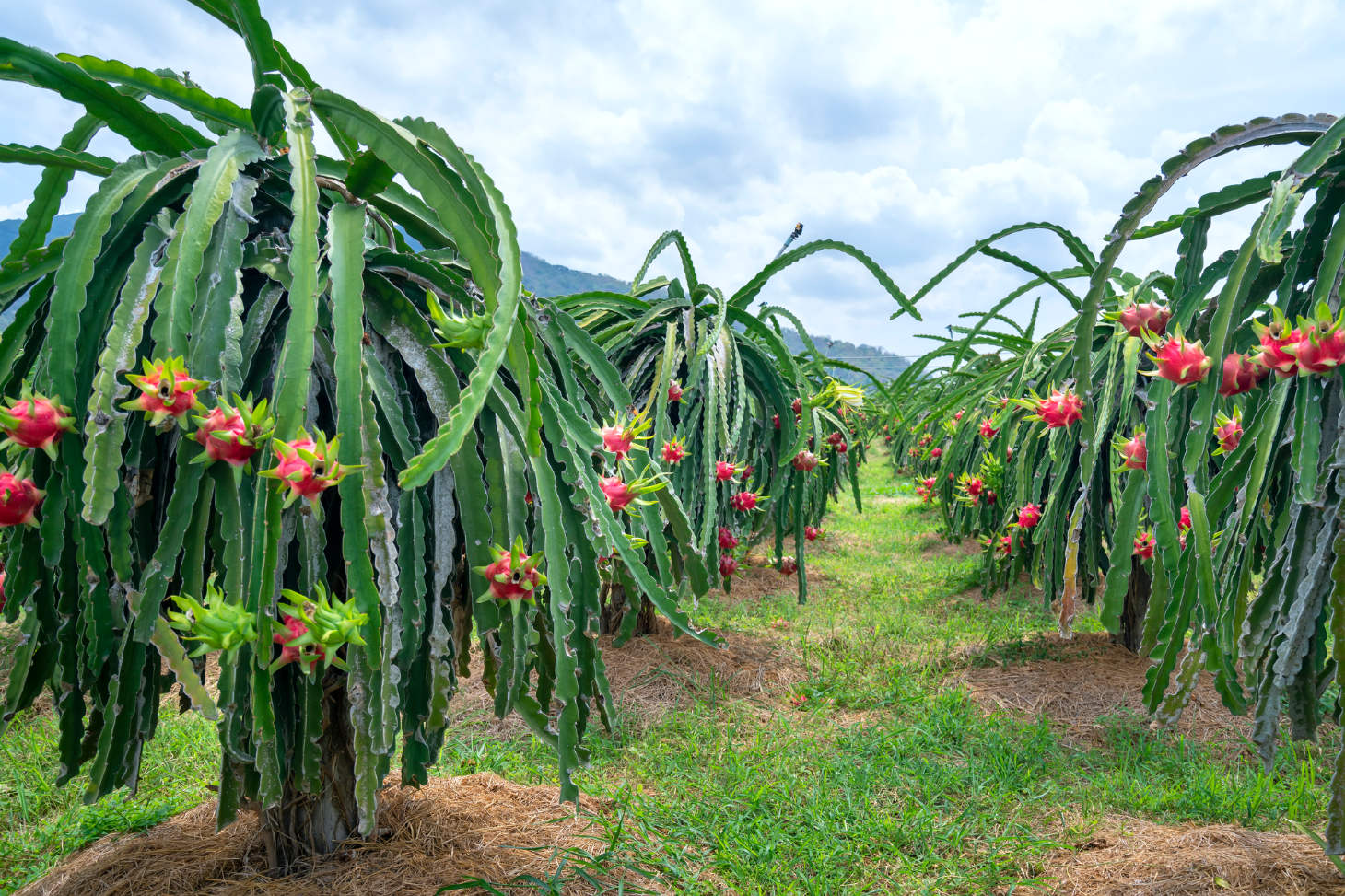
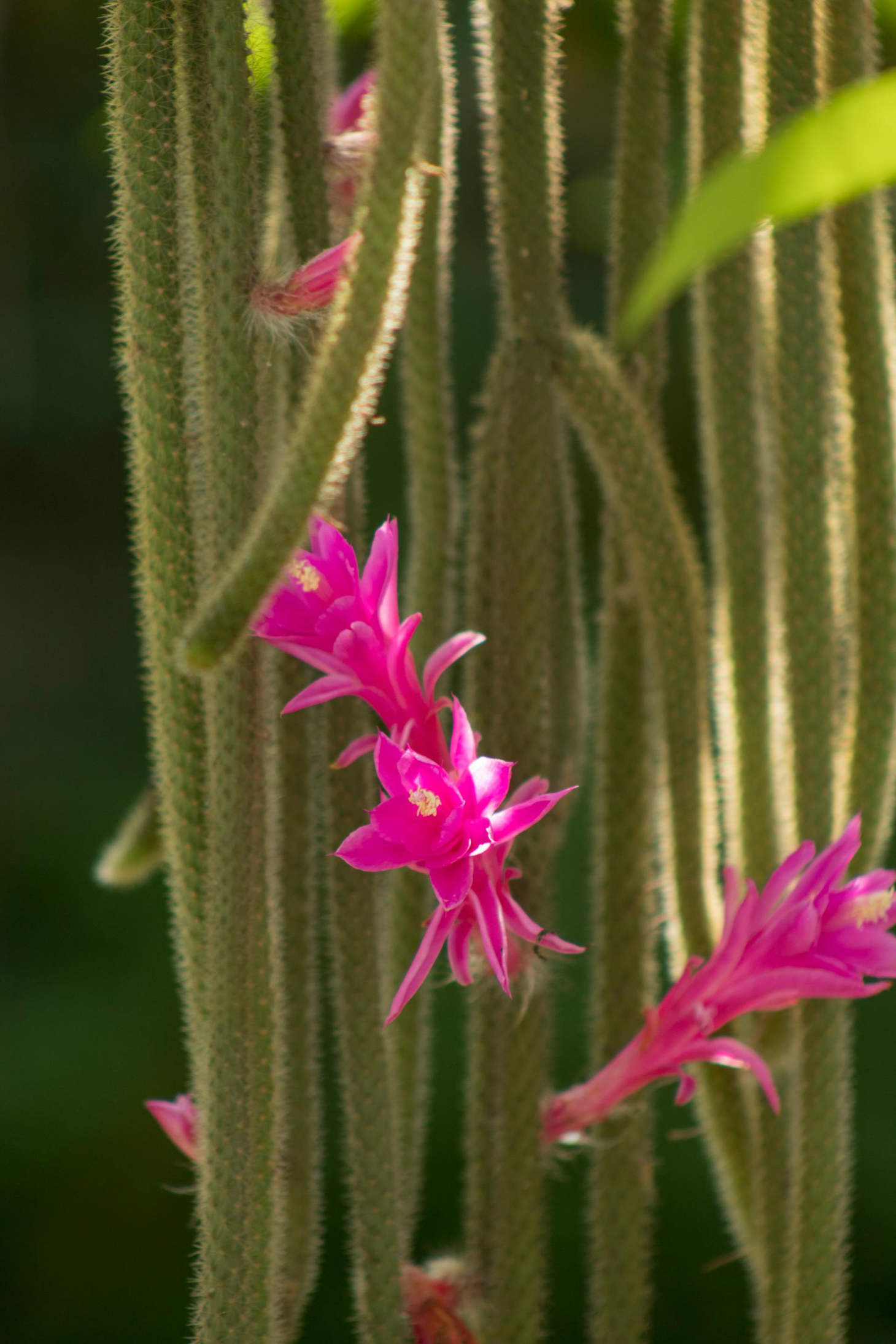
Some cacti adapt well to indoor conditions with limited sunlight. These species tolerate artificial or filtered light and don’t require constant direct sun exposure.
Examples include:
- Orchid cactus (Epiphyllum spp.)
- Dragon fruit cactus (Hylocereus spp.)
- Rattail cactus (Disocactus spp.)
You can grow them in pots with well-draining cactus soil and water only when the top layer feels dry. They handle partial shade but still need a few hours of bright, indirect light each day.
They are are often best suited to hanging baskets due to their long, trailing stems.
Unique Features of Shade-Loving Cacti
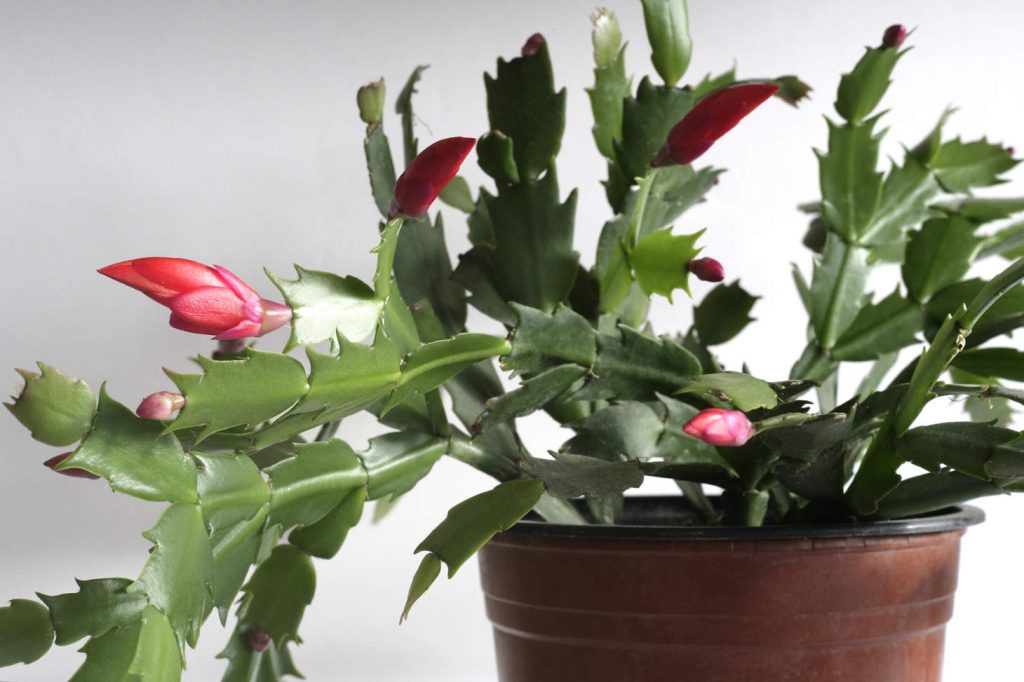
Shade-tolerant cacti differ from desert species in several ways. Their stems are often thinner and softer, allowing them to absorb humidity from the air. Many have flattened segments that capture light efficiently in low-light settings.
These cacti typically display deep green coloration in their preferred low-light setting. They may develop reddish tints under high light stress due to protective pigments. Some, like the mistletoe cactus, grow long trailing stems that hang gracefully from baskets.
They rely more on consistent moisture and humidity than desert cacti. When cared for properly, they can bloom even in shaded indoor environments, showing that not all cacti need intense sunlight to thrive.
Essential Care Tips for Cacti in Shade
Cacti that grow in shade need careful attention to soil quality, watering habits, and environmental conditions. You must balance moisture, airflow, and temperature to keep your plants healthy and prevent rot or stress.
Soil and Watering Requirements
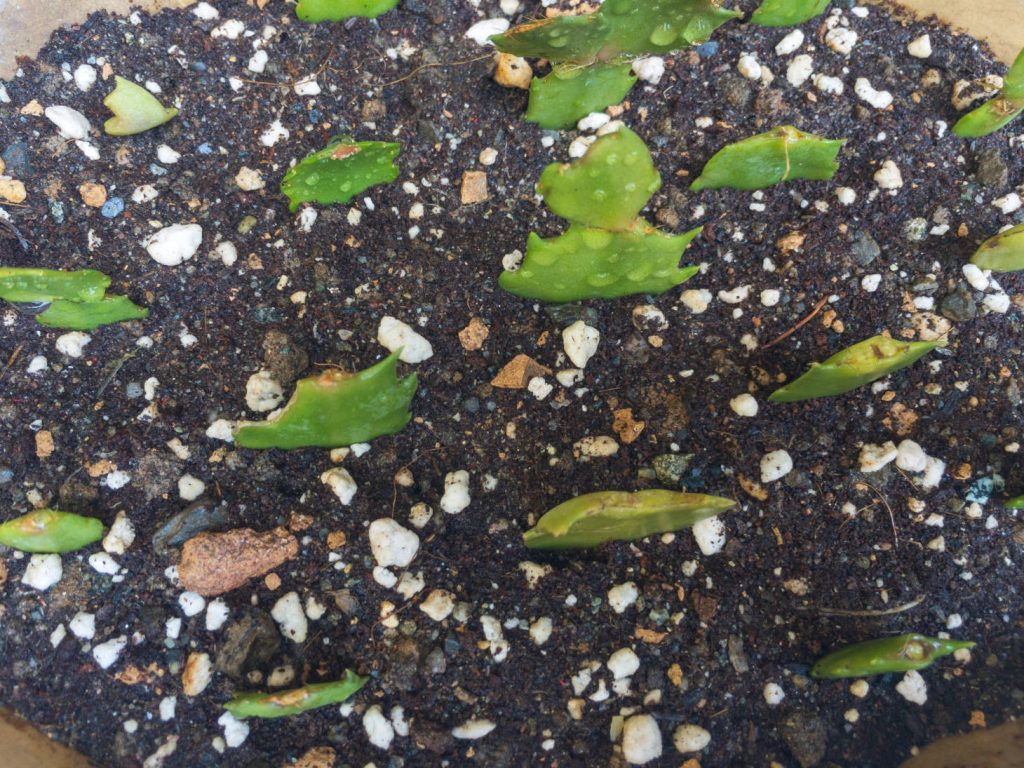
Shaded cacti need well-draining soil to prevent water from sitting around the roots. Use a cactus mix with added perlite, pumice, or coarse sand. These materials improve drainage and reduce the risk of fungal growth.
Water less often than for sun-loving cacti because the reduced light slows the plant’s overall growth and water usage. Let the top 1-2 inches of soil dry before watering again. Insert your finger into the soil to check moisture levels.
Avoid leaving pots in saucers filled with water. Standing water can cause root rot quickly in low-light conditions. When watering indoor cacti, use room-temperature water and pour slowly until it drains from the bottom.
Humidity and Temperature Considerations
Cacti prefer low humidity and stable temperatures. In shaded or indoor areas, humidity often rises, which can stress the plant. Keep air moving with a small fan or by opening a window occasionally.
Maintain temperatures between 60°F and 80°F (15°C-27°C) for most species. Avoid cold drafts or placing cacti near heating vents. Sudden temperature swings can damage tissue and cause scarring.
If you live in a humid climate, use a dehumidifier to reduce moisture in the air. For indoor cacti, placing them near a bright window helps balance light and warmth.
During winter, when light levels drop, slightly cooler temperatures help the plant rest. Keep watering minimal during this period to prevent excess moisture buildup.
Container vs. Ground Planting
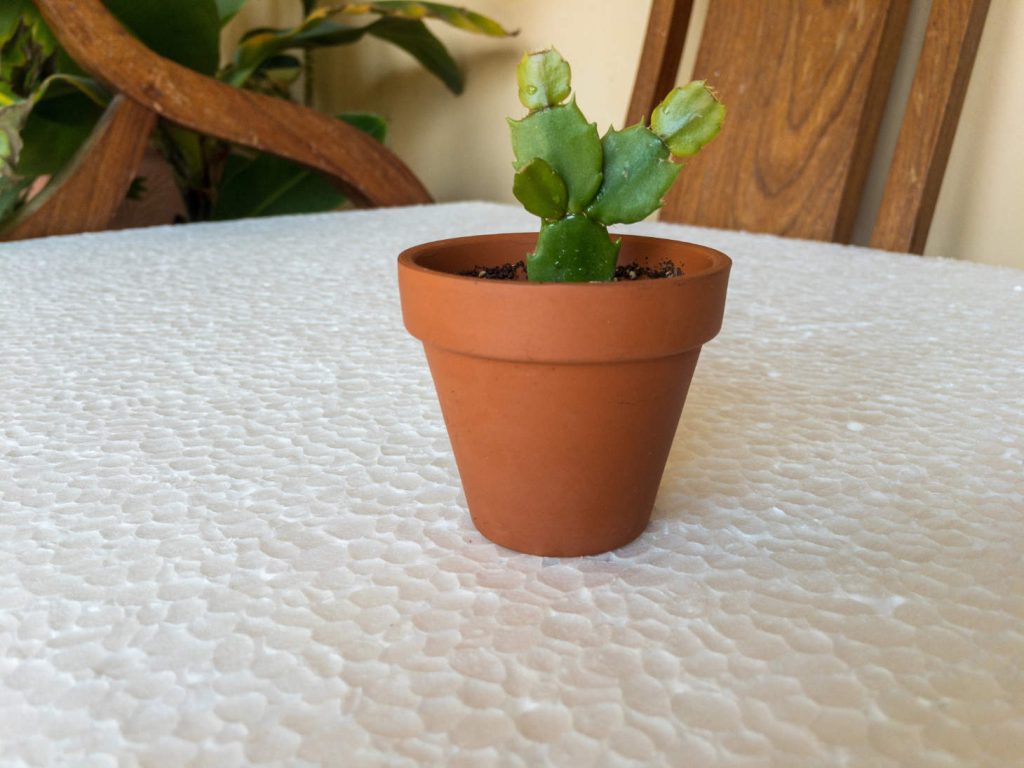
Container planting gives you more control over soil drainage and light exposure. Choose pots with drainage holes and materials like clay or terracotta that allow airflow. Plastic pots retain moisture longer, so monitor soil dryness carefully.
If growing cacti in the ground, select a spot with partial sunlight and good drainage. Raised beds or mounds help prevent water pooling. Mix coarse sand into the soil to improve texture.
For indoor cacti, rotate containers every few weeks so all sides receive some light. Use shallow, wide pots for species with shallow roots.
In shaded gardens, containers also make it easier to move plants to brighter areas when needed. This flexibility helps you adjust to seasonal light changes without disturbing the cactus roots.
Maximizing Growth and Health in Shaded Conditions
Cacti can stay healthy in shaded areas when you balance light exposure, manage temperature, and adjust watering. You can use tools like artificial lights and shade cloth to give your cactus the right amount of light for steady growth.
Using Artificial Lighting for Indoor Cacti

Indoor cacti often need extra light to stay compact and colorful. LED grow lights or fluorescent tubes work well because they produce full-spectrum light similar to sunlight. Place lights about 6-12 inches above your plants and keep them on for 12-14 hours per day.
Use timers to maintain a consistent light schedule. Irregular lighting can cause weak, stretched growth. Choose bulbs with a color temperature of around 5000-6500K for balanced light that supports both growth and flowering.
If you grow several cacti, a small light setup with adjustable arms helps you control distance and brightness. This lets each plant receive enough light without overheating or drying out.
Common Problems and Solutions
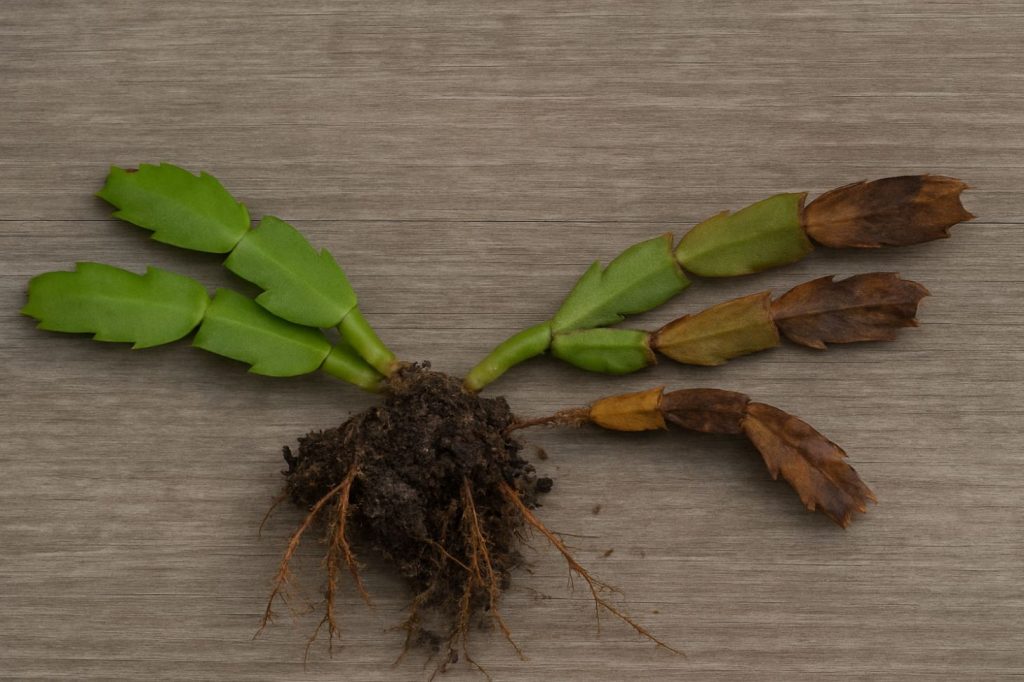
Shaded cacti can face problems like etiolation (stretching), root rot, and slow growth. These issues often come from low light or overwatering.
| Problem | Cause | Solution |
|---|---|---|
| Stretching | Insufficient light | Add grow lights or move to brighter area |
| Root rot | Excess moisture | Use well-draining soil and reduce watering |
| Pale color | Light imbalance | Adjust lighting duration or intensity |
Check your cacti weekly for signs of stress. Adjust lighting, watering, or airflow as needed to keep them healthy and compact.

